11 Creative Ways to Repurpose Household Items for Indoor Gardening
Transforming everyday household items into creative planters is a sustainable and fun way to enhance your indoor garden. Repurposing materials you already have at home not only reduces waste but also adds a personal touch to your space. Whether you’re growing herbs, flowers, or small vegetables, there are endless possibilities for turning old items into functional and decorative garden containers. In this guide, you will discover practical ideas for using common household objects to create unique indoor gardens.
This post may contain affiliate links, which helps keep this content free. Please read our disclosure for more info.
Old Teacups and Mugs
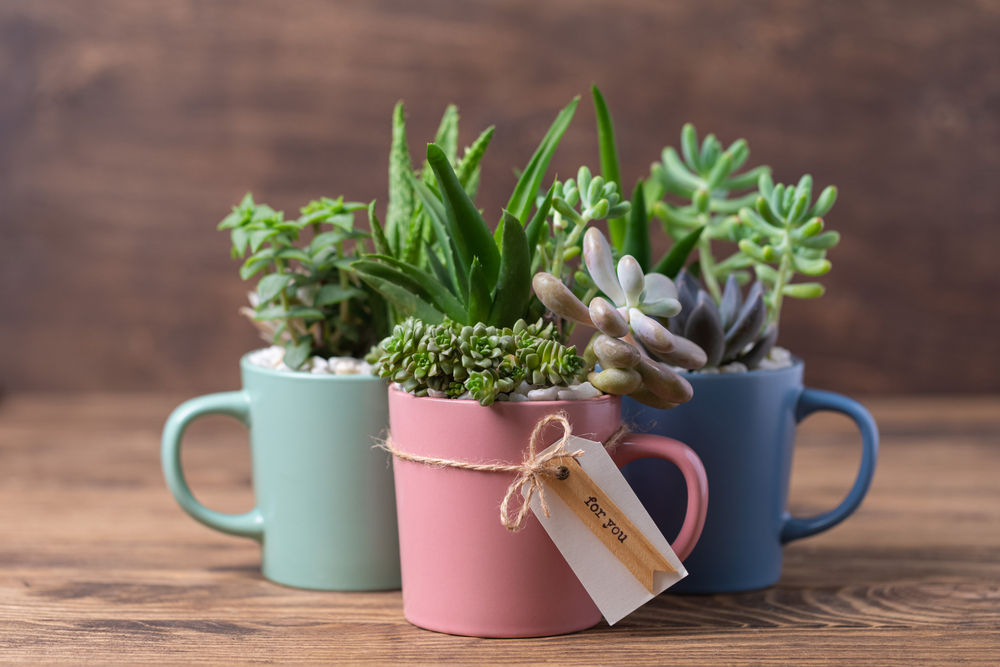
Old teacups and mugs can serve as charming containers for small indoor plants like succulents or herbs. These items often have unique designs and can add a personal touch to your indoor garden. Simply fill the teacups with potting soil, and plant your favorite small plants. For added drainage, place small pebbles or stones at the bottom before adding the soil. Teacups also work well for growing herbs on a windowsill where they can receive plenty of light.
Repurposing teacups is a great way to bring a little nostalgia into your indoor garden, and it gives old items a second life. You can mix and match teacups for a whimsical look that ties your plants into your home decor. This sustainable gardening solution saves space and utilizes items that might otherwise sit unused in your cupboards.
Egg Cartons
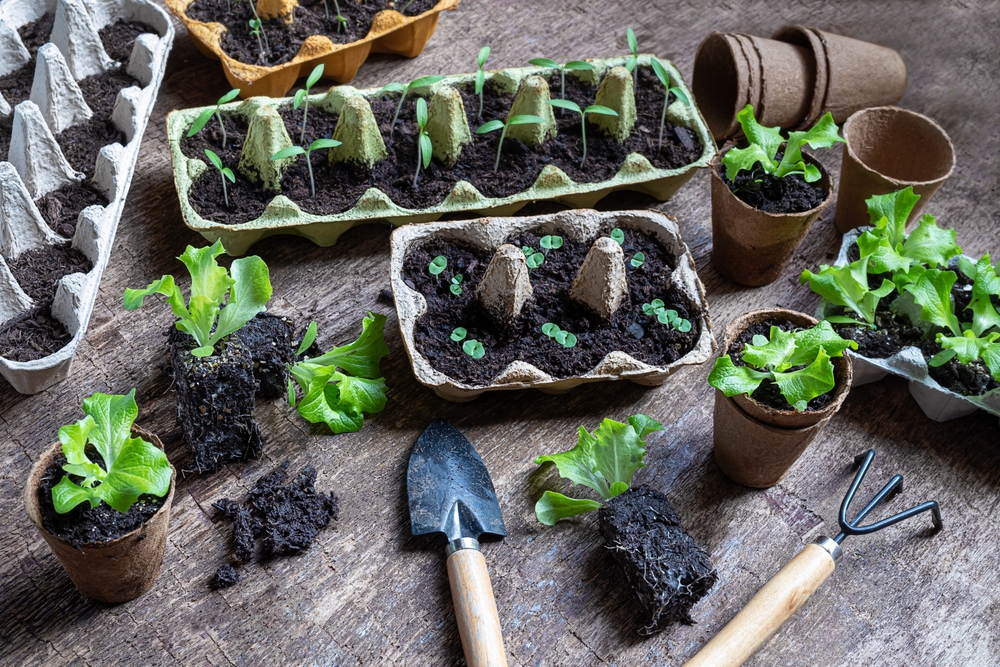
Egg cartons are an excellent tool for starting seedlings indoors. Simply cut the egg carton into sections, fill each cup with a bit of soil, and plant your seeds. The small sections provide an ideal environment for growing young plants before they are ready to be transferred to larger pots or outdoor gardens. Additionally, egg cartons are made of biodegradable material, making them an eco-friendly choice for gardening.
Egg cartons are not only practical but also easy to store, as they are lightweight and take up minimal space. You can place the cartons on a sunny windowsill and watch your plants sprout in no time. Once the seedlings are strong enough, you can easily tear apart the individual sections and plant them directly in the ground.
Glass Jars and Bottles
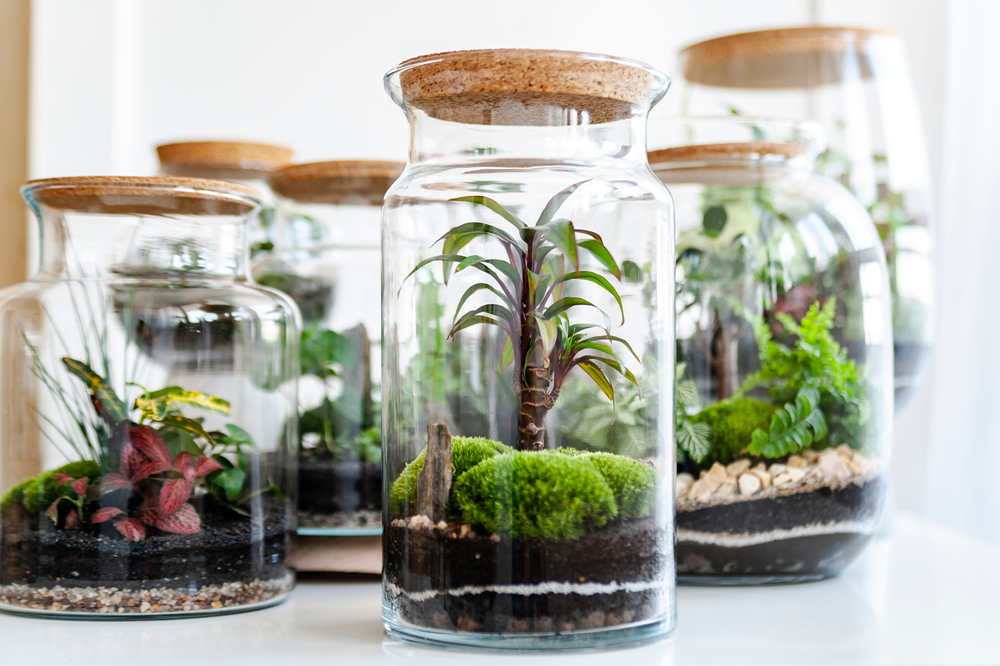
Repurposed glass jars and bottles are perfect for creating mini terrariums. These items allow for creative and stylish indoor gardening, with the transparency of the glass providing a clear view of the plants inside. You can layer the bottom of the jar with pebbles for drainage, add a layer of charcoal to keep the soil fresh, and then plant small plants like air plants or ferns.
Glass jars and bottles can also be used to propagate plants by placing cuttings in water. Over time, the roots will develop, and you can then transplant the growing plants into soil. This method is a great way to multiply your plant collection without buying new ones.
Tin Cans
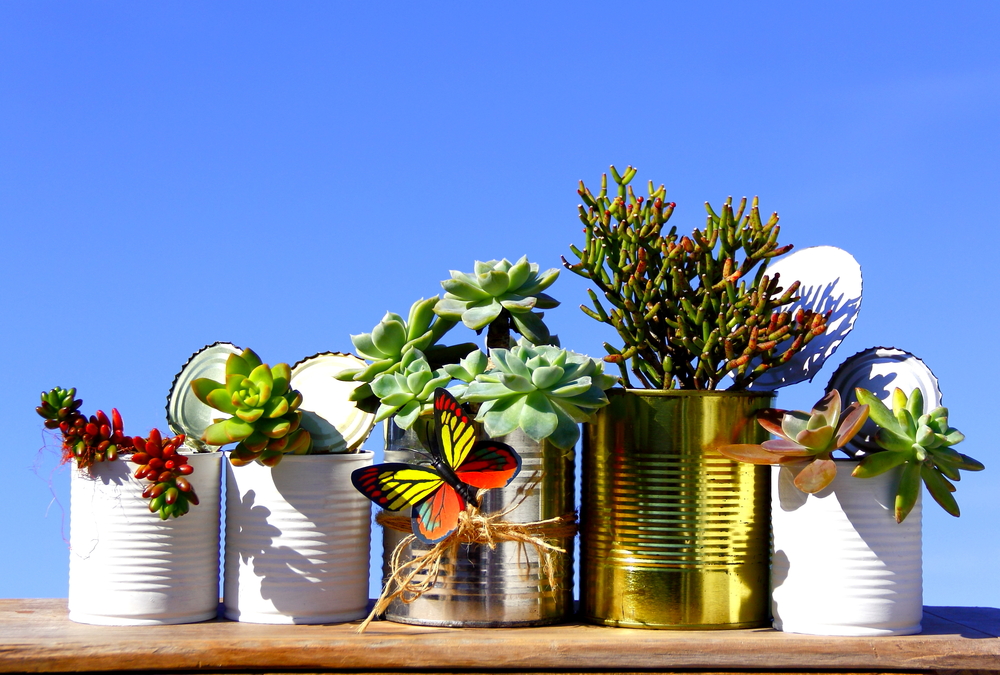
Repurposing tin cans for indoor gardening is both affordable and sustainable. After cleaning and removing the labels, you can use them as containers for herbs, flowers, or small vegetables. The metal provides good drainage when you punch a few holes in the bottom, and the cans come in various sizes to fit different types of plants.
Tin cans can also be painted or decorated to add a personal touch to your indoor garden. They make great planters for office spaces, kitchen windowsills, or even as decorative accents on bookshelves. By reusing cans, you help reduce waste while growing beautiful plants indoors.
Plastic Bottles
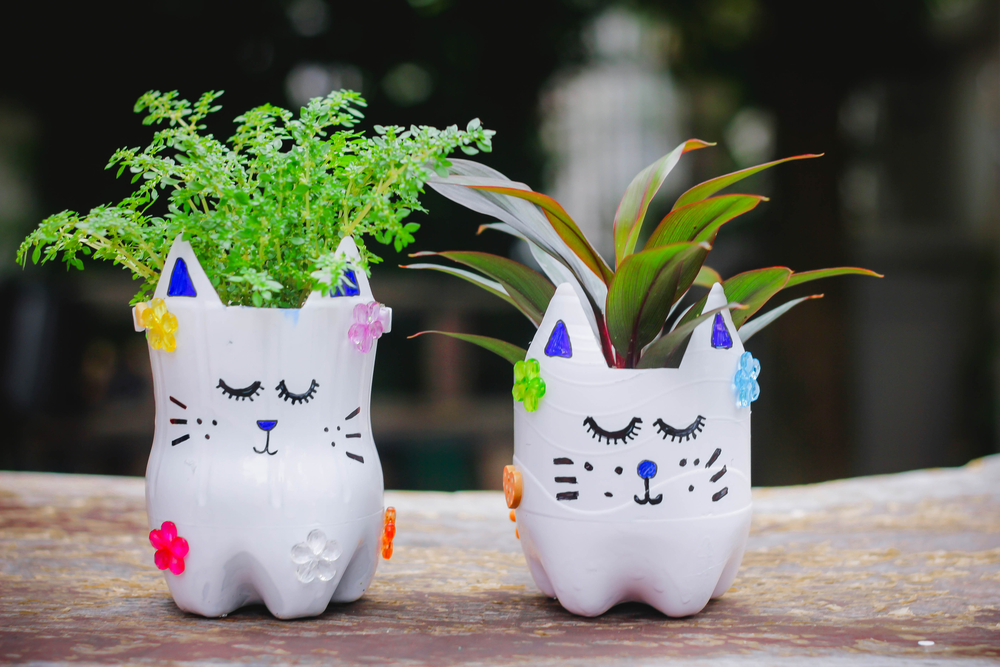
Plastic bottles are versatile when it comes to repurposing for gardening. A simple way to use them is by cutting the bottles in half and using the top portion as a self-watering planter. Fill the bottom half with water and the top half with soil and plants, making sure the bottom portion is connected so the soil stays hydrated. This system allows the plants to draw water from the bottom as needed.
Alternatively, you can use plastic bottles to create vertical gardens. Cut multiple holes along the sides of a bottle and fill it with soil to plant small herbs or flowers. Hanging plastic bottle planters on a wall or balcony provides a space-saving way to grow plants in small spaces.
Old Shoe Organizer
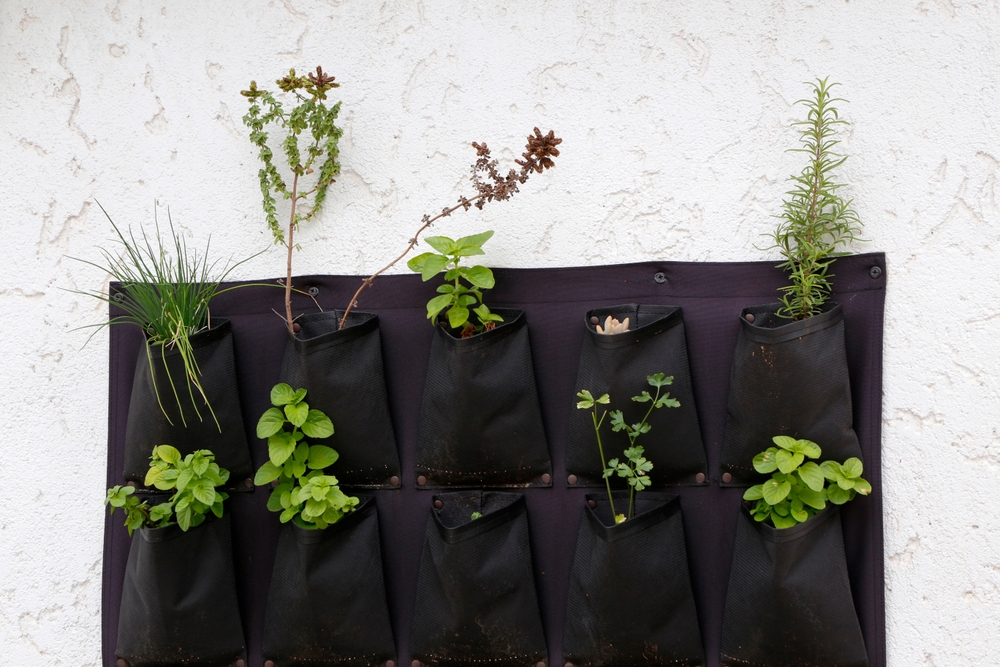
An old over-the-door shoe organizer can be transformed into a vertical garden by filling each pocket with soil and planting herbs or flowers. The individual pockets provide separate compartments for each plant, and the organizer can be hung on a wall, freeing up counter space. This is an ideal solution for growing herbs in an apartment or small living space where traditional gardening may not be possible.
This method is not only practical but also helps reduce clutter. The pockets also allow for good air circulation, preventing the plants from becoming too crowded or stifled. With a little creativity, you can add decorative touches to the organizer to match your home’s aesthetic.
Old Wooden Drawers
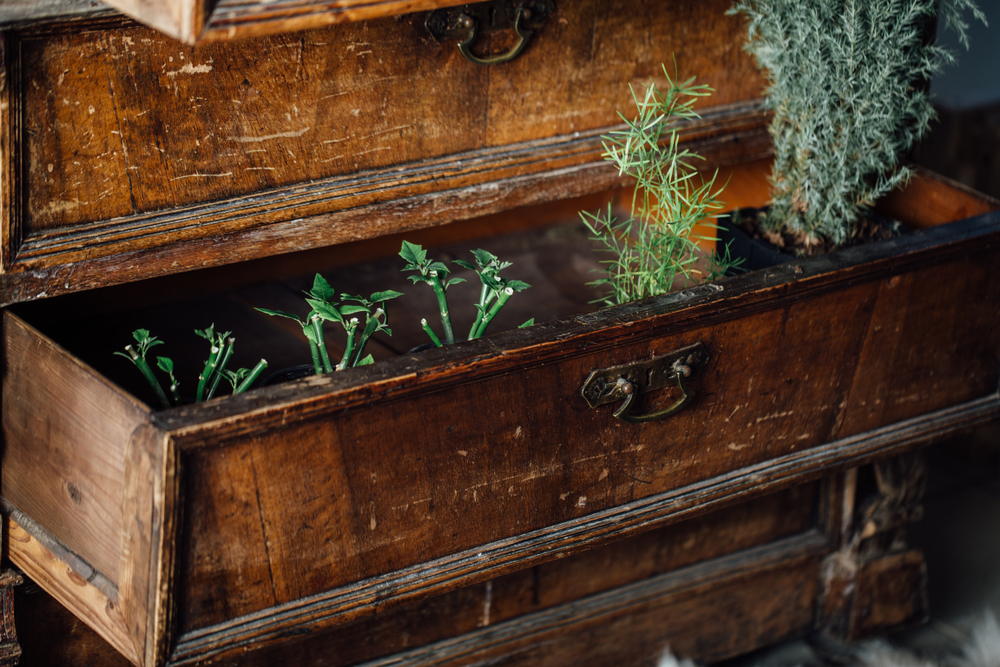
Old wooden drawers can be repurposed into creative gardening containers. Stack the drawers or use them individually to grow flowers, herbs, or even small vegetables indoors. Simply line the bottom of each drawer with landscaping fabric or plastic to prevent soil from falling through the gaps. Then, fill it with soil and plant your choice of plants.
This method adds a rustic, vintage feel to your indoor garden, and it is perfect for creating a statement piece. You can even paint the drawers or add decorative handles for an extra touch of personality.
Coffee Grounds
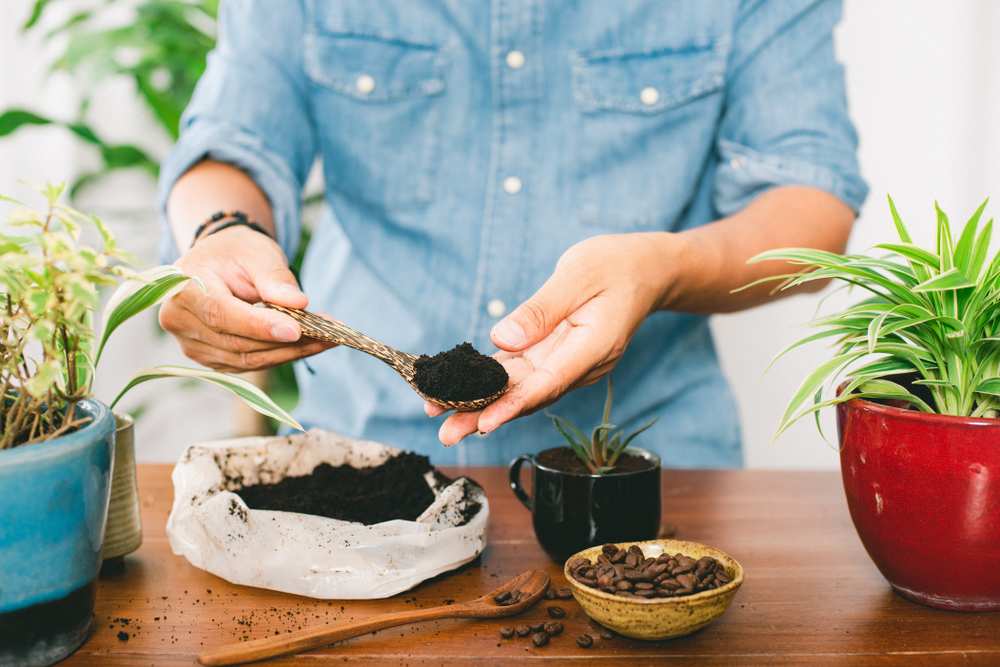
Used coffee grounds are an excellent, eco-friendly addition to your indoor garden. They can be mixed into your compost or added directly to the soil as a natural fertilizer. Coffee grounds contain nitrogen, which plants need for healthy growth, and they also help improve the soil’s texture. For a sustainable approach, save your used coffee grounds and repurpose them to nourish your indoor plants.
Coffee grounds can also be used to deter pests like snails and slugs when sprinkled around the base of plants. They are a natural, non-toxic way to protect your plants without using harmful chemicals.
Wooden Pallets
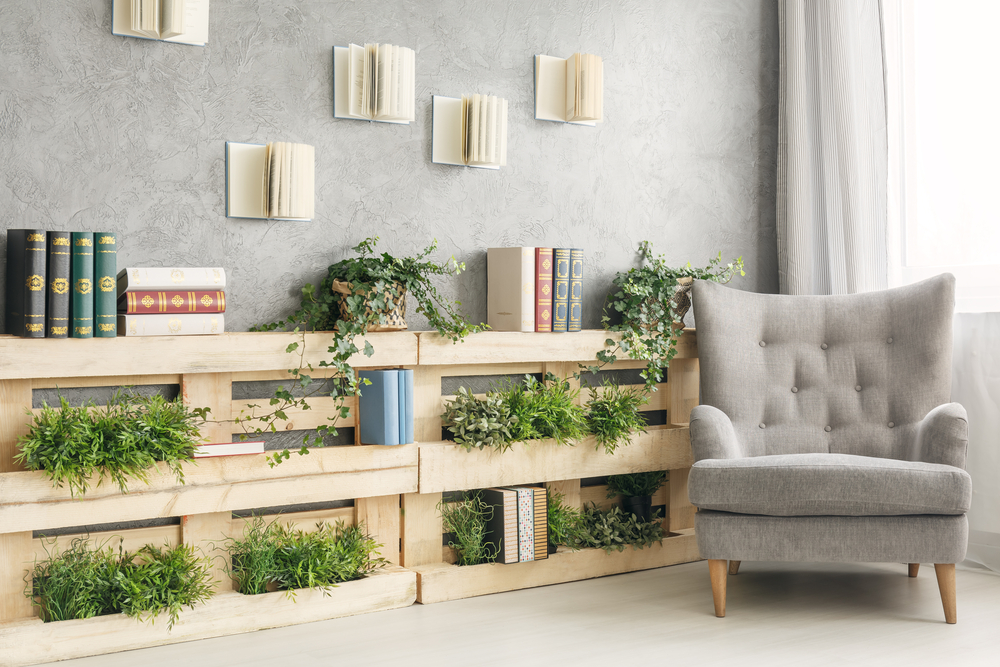
Wooden pallets can be transformed into vertical gardens by attaching pots to the slats. They can be placed against a wall or used as free-standing garden units for growing a variety of plants. Simply attach small containers or boxes to the pallet, fill them with soil, and plant your desired greenery.
This method is ideal for those looking to create a large garden without taking up too much space. Wooden pallets are widely available and make for a sturdy, rustic addition to any indoor garden.
Corks
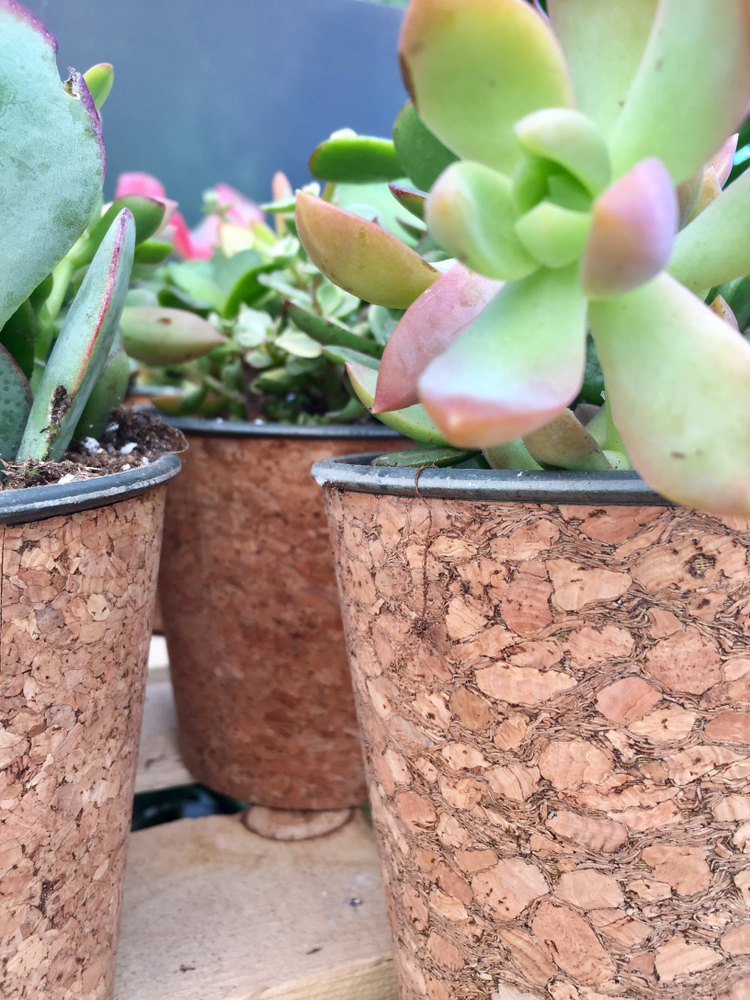
Wine corks can be repurposed as planters for small succulents or used as markers for larger plants in your indoor garden. If you are starting with small plants, corks can be hollowed out to hold tiny roots, or you can use them to label your plants. When inserted into the soil, the corks act as helpful identifiers while also serving as a cute, eco-friendly decor option.
Corks are small and easy to store, making them ideal for adding a little personality to your indoor gardening setup without taking up too much space.
Cardboard Boxes

Cardboard boxes are an excellent option for starting large batches of seedlings indoors. These can be lined with plastic bags or containers to prevent water damage and filled with soil to create a temporary growing space. This method is especially good for growing vegetables or larger plants before transplanting them outdoors.
Once the plants have matured, you can easily compost the cardboard boxes or recycle them. This approach offers a simple, cost-effective solution for growing plants indoors without the need for expensive containers.
This article originally appeared on Avocadu.
